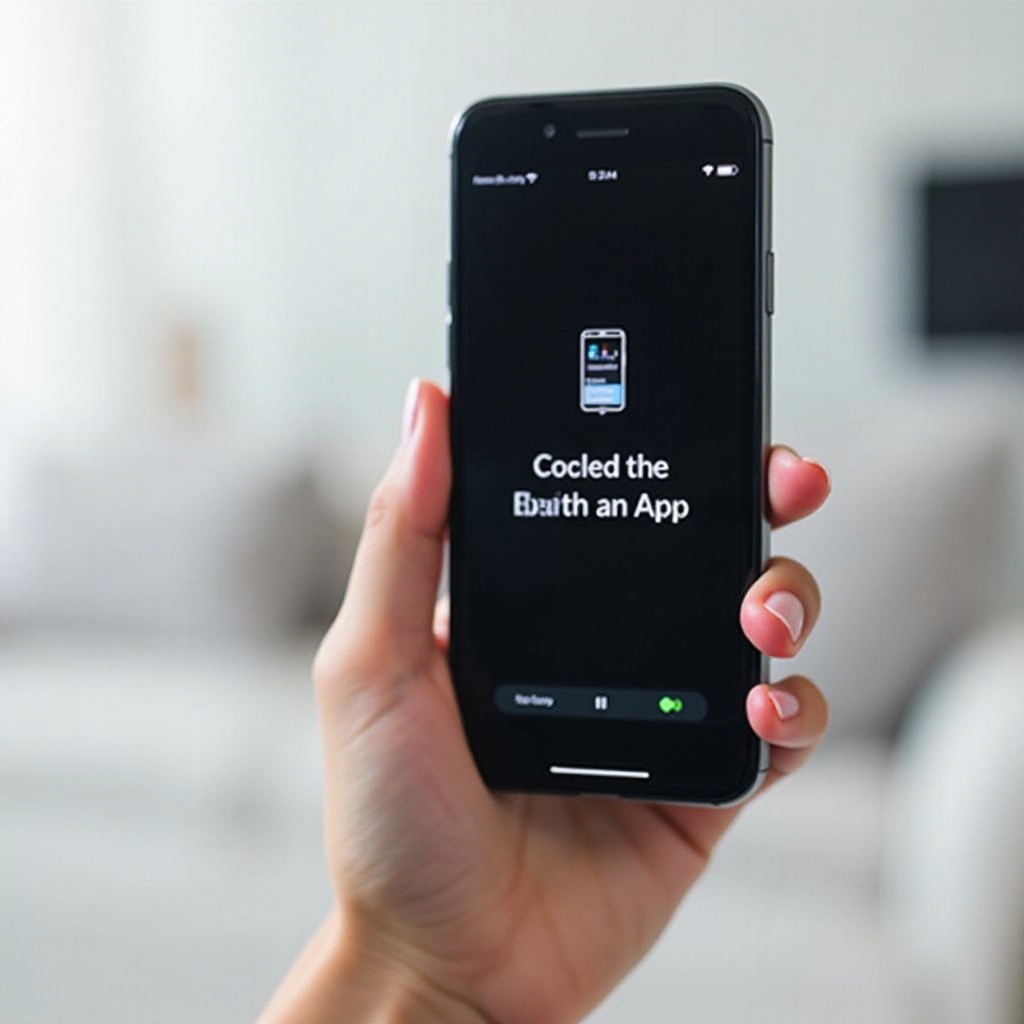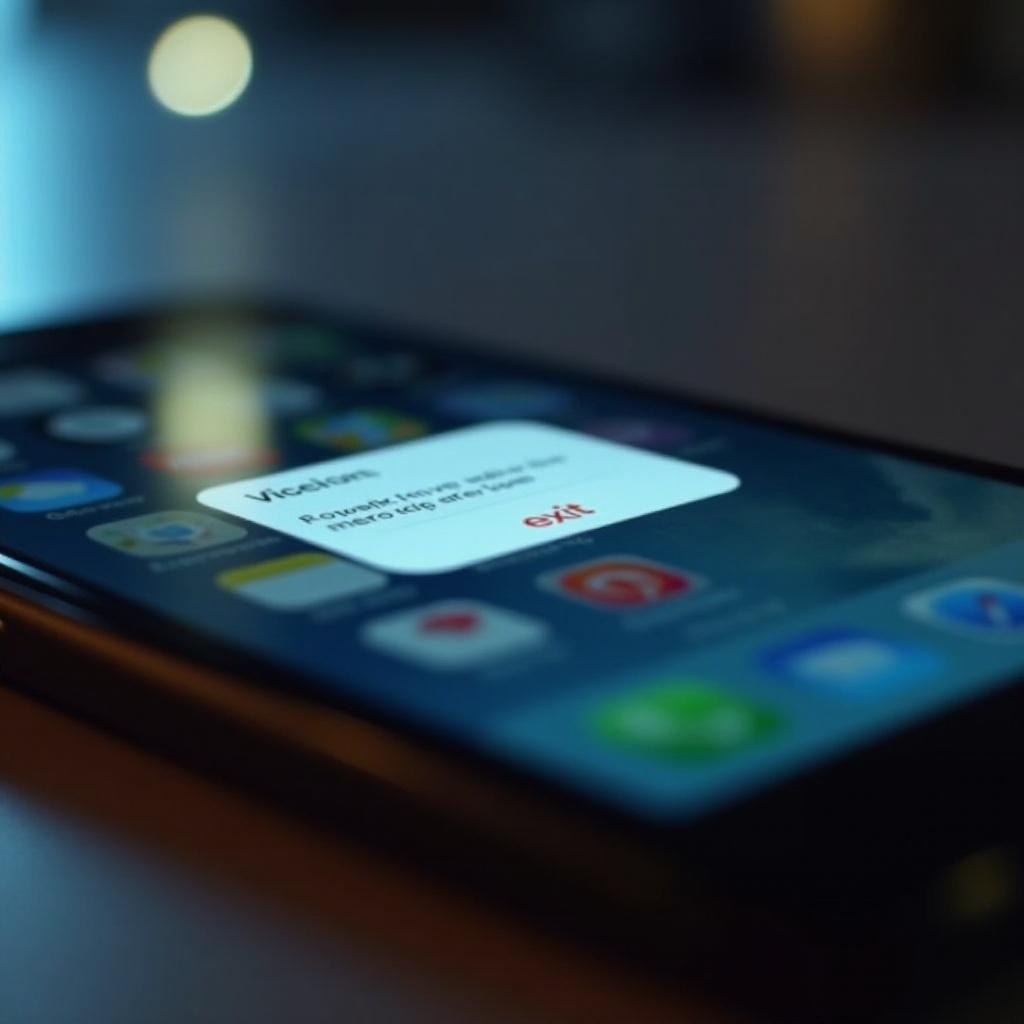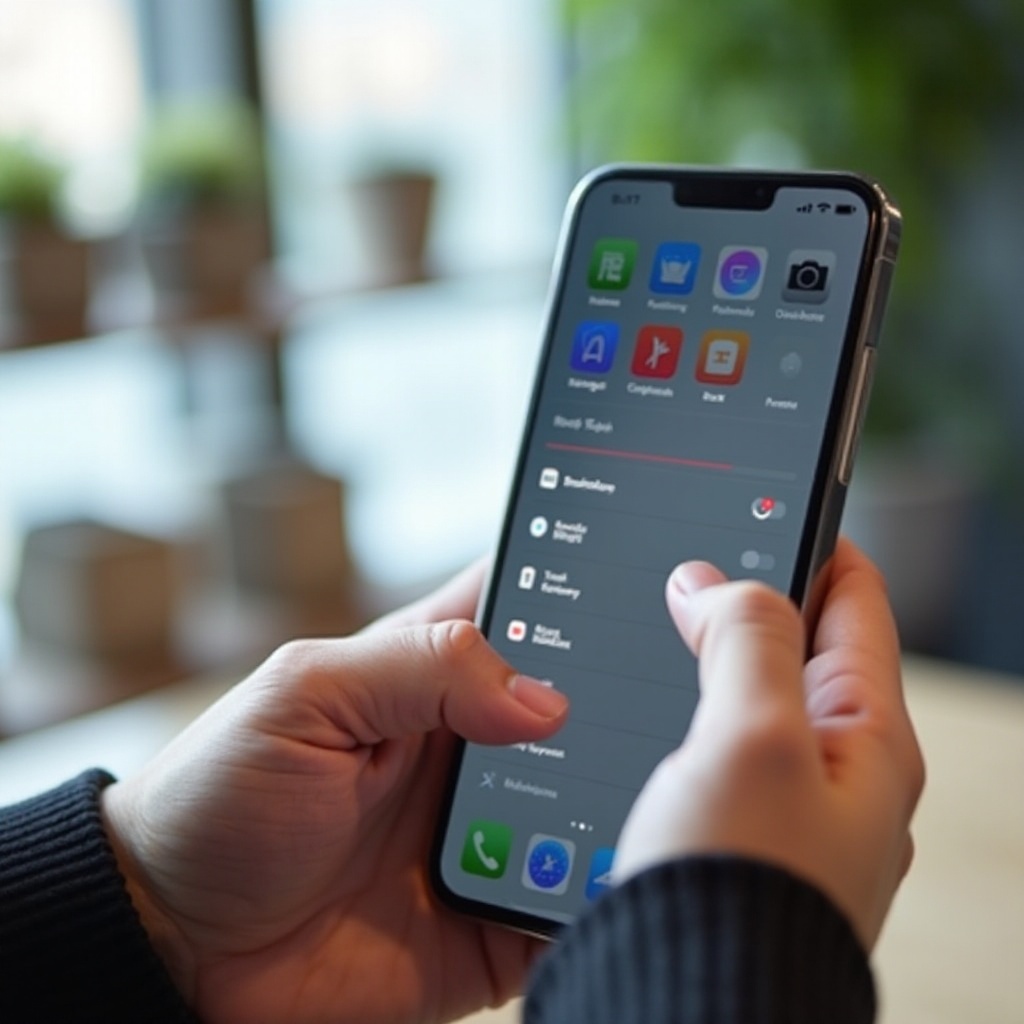Shortcut to Exit Window on Your Phone: Top Tips for 2024
Introduction
Managing windows on your smartphone efficiently can significantly enhance your user experience. Whether you use an Android phone or an iPhone, knowing the shortcuts to exit windows quickly can save you time and improve your productivity. This blog aims to delve into the various shortcuts available for exiting windows on your phone, including those for Android and iPhones, as well as advanced techniques and troubleshooting tips.

Understanding Window Management on Smartphones
Smartphones have evolved to perform multiple tasks concurrently, making window management an essential aspect of the user interface. Navigating between different apps and windows efficiently ensures a seamless experience. Understanding the fundamental aspects of window management, like the home and back buttons on Android or swipe gestures on iOS, can help you leverage your device’s capabilities more effectively.
The ability to exit or switch between windows swiftly not only enhances performance but also improves the overall functionality of your smartphone. Let’s dive deeper into the essential shortcuts for both Android and iPhone users.

Essential Shortcuts for Exiting Windows on Android Phones
Home Button Functions
The home button on Android devices serves multiple purposes. Primarily, it will take you back to the home screen from any app or window. To use this shortcut:
1. Press the home button once to exit the current application and return to the home screen.
2. If you hold down the home button, it may activate the Google Assistant, offering voice command capabilities for further navigation.
Back Button Functions
The back button, typically found at the bottom of the screen, allows you to move back through previous screens within an app or exit a window altogether:
1. Tap the back button once to go back one step in your app’s navigation history.
2. Holding down the back button can sometimes reveal additional options, depending on your Android version and manufacturer customizations.
Swipe Gestures
Modern Android phones, especially those without physical buttons, use swipe gestures to manage windows:
1. Swipe up from the bottom of the screen and pause in the middle to access the app switcher, then swipe left or right to navigate through open apps.
2. Swipe from left to right, or right to left across the bottom of the screen to quickly switch between recent apps.
Essential Shortcuts for Exiting Windows on iPhones
Home Button Usage
For iPhones with a physical home button, this button is your main tool for exiting windows:
1. Press the home button once to return to your home screen.
2. Double-tapping the home button brings up the app switcher, from which you can swipe up on the desired app to close it.
Swipe Gestures for App Switching
On newer iPhones without a home button, swipe gestures have become the norm:
1. Swipe up from the bottom of the screen and pause briefly to reveal the app switcher.
2. Swipe left or right along the bottom of the screen to easily switch between recent apps.
AssistiveTouch Setup
AssistiveTouch provides a virtual home button and other shortcuts for users who prefer on-screen navigation:
1. Go to Settings > Accessibility > Touch > AssistiveTouch and toggle it on.
2. Customize the AssistiveTouch menu to include options for the home, app switcher, and other navigation shortcuts.
Advanced Techniques and Third-Party Apps
For users seeking more advanced techniques, several third-party applications and built-in tools can improve your window management on both Android and iOS devices.
Utilizing Tasker for Android
Tasker is a powerful automation app that enables customized shortcuts and actions:
1. Install Tasker from the Google Play Store.
2. Create custom tasks such as ‘Exit Current App’ and configure a shortcut to perform this action automatically.
Using Shortcuts Workflow on iOS
Apple’s Shortcuts app allows you to create custom workflows and automate tasks:
1. Open the Shortcuts app and create a new shortcut.
2. Add actions such as ‘Open App Switcher’ or ‘Close Current App.
Voice Assistants: Google Assistant and Siri
Voice assistants like Google Assistant and Siri can help manage windows effortlessly:
1. Activate Google Assistant by saying ‘OK Google’ or pressing the home button, then command, ‘Close all apps’ or ‘Exit.
2. Activate Siri with ‘Hey Siri’ or the side button and instruct, ‘Go to home screen’ or ‘Open app switcher.

Common Issues and Troubleshooting
Despite the efficiency of these shortcuts, you may encounter occasional issues. Here are some common problems and how to address them:
Handling Unresponsive Windows
If an app or window becomes unresponsive:
1. Long-press the power button and select ‘Restart’ to reboot your phone.
2. Force close the unresponsive app via the app switcher or settings.
Restarting Your Phone
Restarting your phone can often resolve minor issues:
1. Hold down the power button until the ‘Power off’ slider appears, then slide to power off.
2. After the phone powers down, hold the power button again to restart.
Checking for Software Updates
Outdated software may cause performance issues:
1. Go to Settings > System > Software update on Android or Settings > General > Software Update on iOS.
2. Download and install any available updates.
Conclusion
Mastering shortcuts to exit windows on your phone can greatly improve your efficiency. Whether you are using an Android or an iPhone, these techniques will help you navigate your device with ease, enhancing your overall user experience. For more advanced options, consider using third-party apps or voice assistants. Keep this guide handy for troubleshooting any issues that may arise.
Frequently Asked Questions
What should I do if my window exit shortcut isn’t working?
If your shortcut isn’t working, try restarting your phone or checking for software updates to resolve common performance issues.
Are there any other tools to help me manage windows more efficiently?
Yes, third-party apps like Tasker for Android and Shortcuts for iOS can enhance window management with custom actions and automation.
How can I customize shortcuts on my Android or iPhone?
You can customize shortcuts via settings on both Android and iOS. For Android, use apps like Tasker. For iOS, use the Shortcuts app to create personalized workflows.

